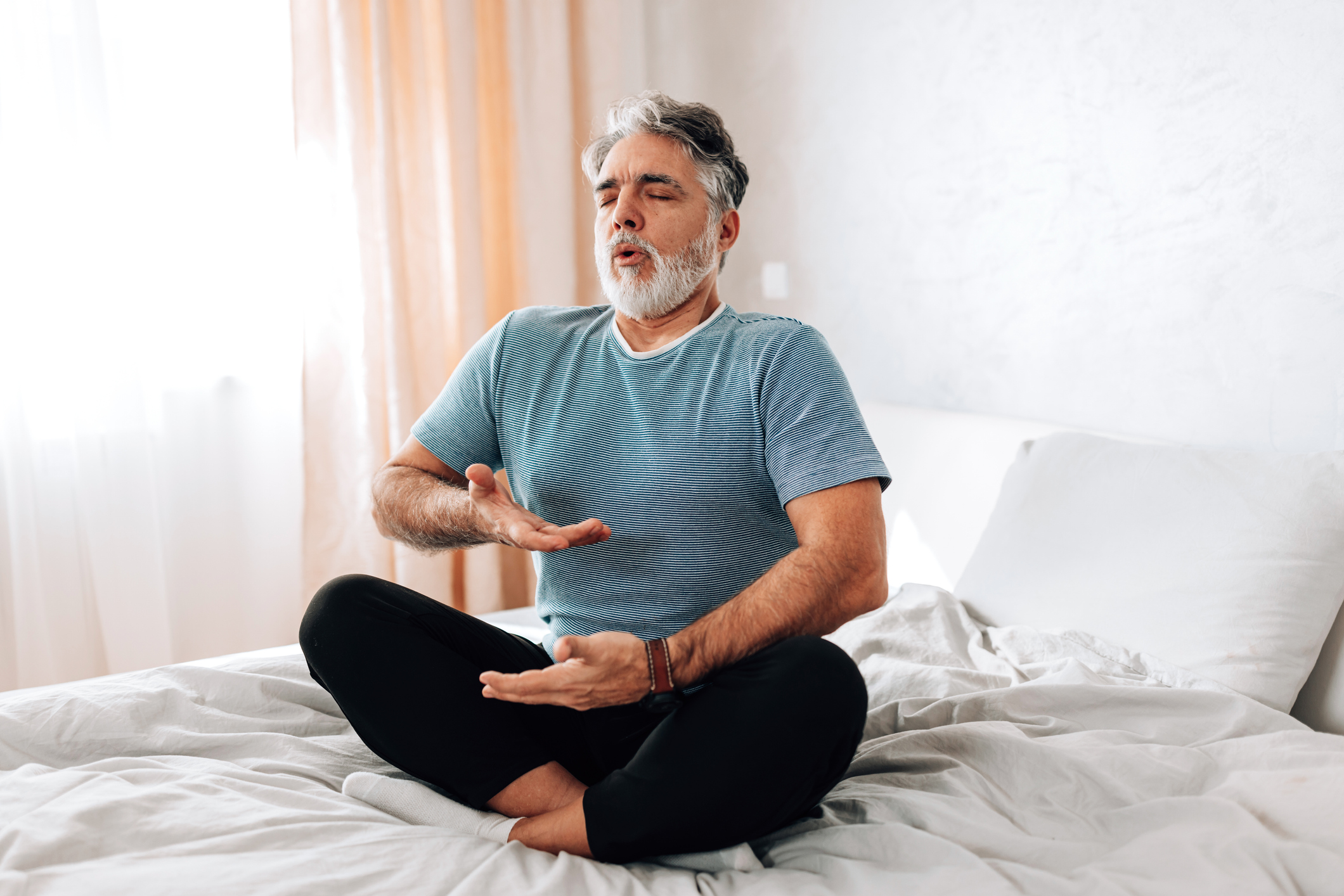Get Easy Health Digest™ in your inbox and don’t miss a thing when you subscribe today. Plus, get the free bonus report, Mother Nature’s Tips, Tricks and Remedies for Cholesterol, Blood Pressure & Blood Sugar as my way of saying welcome to the community!
The mindful secret that knocks out migraine pain

If you suffer migraine headaches, you’re familiar with their severe pain and the way these headaches make it impossible to cope with your daily routine. But a review of ways to cope with migraines at Wake Forest Baptist Medical Center shows that there’s a natural treatment you can use to fight against the pain.
The researchers found that meditation can soften the pain of migraine and reduce the number of headaches you suffer.
“Stress is a well-known trigger for headaches and research supports the general benefits of mind/body interventions for migraines, but there hasn’t been much research to evaluate specific standardized meditation interventions,” says researcher Rebecca Erwin Wells, an assistant professor of neurology at Wake Forest Baptist.
The study examined the effects of mindfulness-based stress reduction (MBSR) as a technique to reduce the burden of migraine headaches. During the study, people went to eight weekly classes to learn how to perform MBSR techniques. In addition, they practiced MBSR 45 minutes at a time for five days during the week
“We found that the MBSR participants had trends of fewer migraines that were less severe,” Wells says. “Secondary effects included headaches that were shorter in duration and less disabling, and participants had increases in mindfulness and self-efficacy — a sense of personal control over their migraines. In addition, there were no adverse events and excellent adherence.
Vipassana meditation is also called “mindfulness meditation,” is a simple yet powerful method developed by Chinese and Tibetan Buddhist monks. It is a practice of being mindful in the moment of some particular action.
The mindfulness can be directed at the expansion and relaxation of the abdomen, the sensation of eating a raisin or the act of washing dishes. It is a versatile technique that can be applied to almost any action. Traditionally, it is applied to the action of quieting the mind and being in the moment while breathing.
Here are the basics:
- Sit or lie down in a comfortable position that allows your spine and head to be aligned and held straight.
- Close your eyes and take a few deep breaths to ease into the moment and begin to relax.
- Focus your attention on the sensation of your breath.
- On inhalation and exhalation, merely observe the sensation you feel as air passes over the tip of your nose.
- When thoughts enter your mind, acknowledge them and let them go. Do not focus on them.
- Observe your breath and acknowledge your thought before a return to observing your breath.
For more information visit www.vridhamma.org












